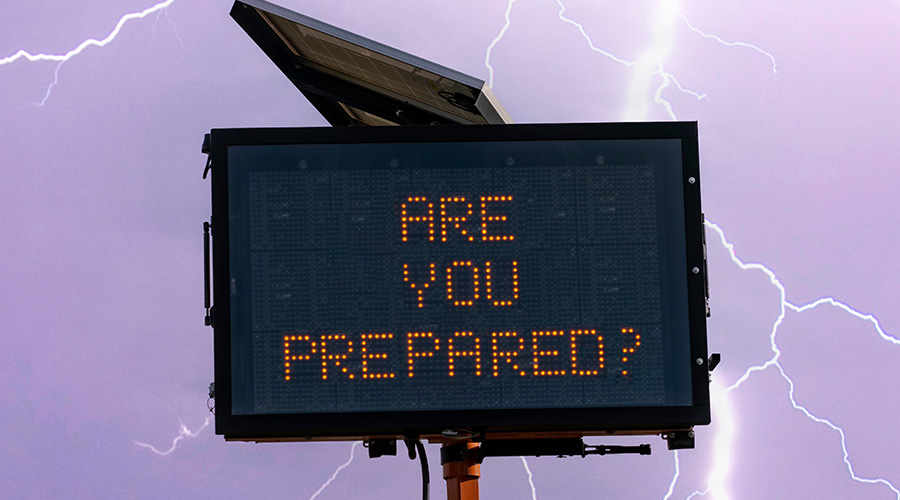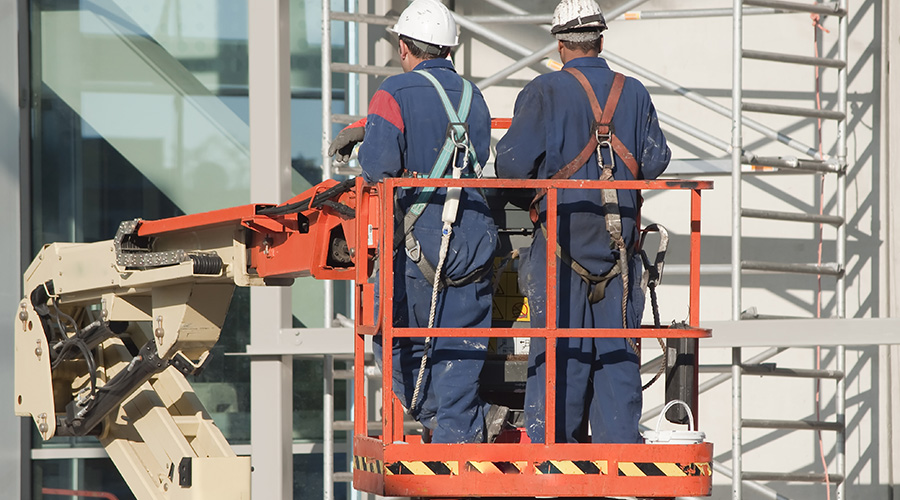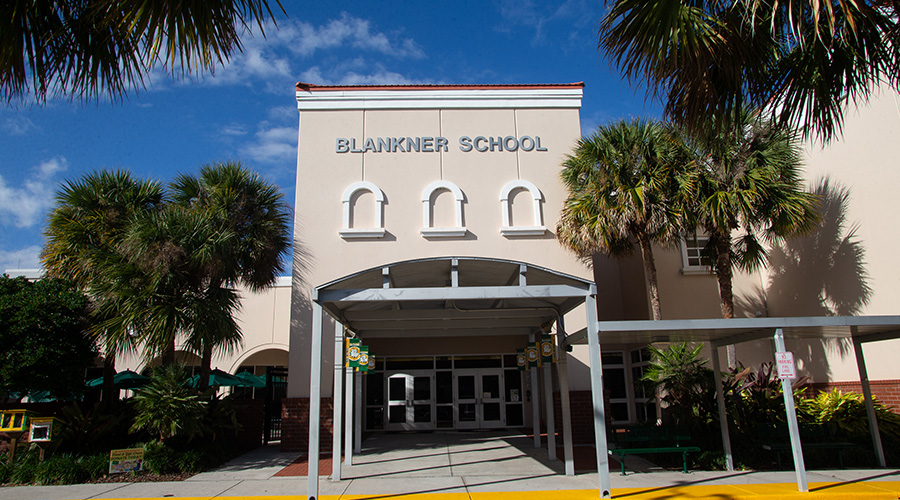EMD Serono Focuses on Details, Communication After Challenges of Hurricane Sandy
It's the little things that get you sometimes. At EMD Serono's Research Institute, staff had learned the lesson of a "freak snowstorm" almost a year to the day earlier and were on site as Hurricane Sandy blew over, ready to put their revamped contingency plan into action. The facility, just north of Boston in Billerica, Mass., houses 200 scientists researching oncology, neurodegenerative diseases and infertility. It has won numerous awards for its design and operation, but the institute has an Achilles' heel in its utility power feed.
"We are fed through one area that seems to be prone to tree damage," says Jack Conway, senior specialist, facilities. The power went out two hours before Sandy finished blowing through, and stayed out for almost four days. The site was closed until utility power was restored, with critical equipment sustained by two generators. Though the facility didn't suffer any significant physical damage, and ongoing research materials were safeguarded, sending 200 scientists home resulted in significant losses for the institute.
The earlier snowstorm had taken power out for three days, so Conway and his team had been able to iron out certain details, which made for a smoother reaction to Sandy. They had done a post-mortem with the facilities team, EHS team, corporate communications and IS partners. One insight from that conversation was the need to communicate relevant information, not only to the facilities employees but also within the organization so that all the affected core functions knew what was going on and could coordinate their own response, Conway says.
Another takeaway from the snowstorm was preplanning to have all the necessary equipment on site, such as power strips, extension cords, dollies, and an equipment map to efficiently get all critical equipment on generator power. They had also strengthened their fuel provider relationship, so obtaining the 3,000 gallons of diesel consumed over the four-day outage was not a problem.
Nevertheless, Sandy brought her own teachable moments. While the campus and its four immediate neighbors had no power, Conway says one could walk to the end of the street, look both ways and see powered facilities everywhere. EMD Serono sits at the boundary of three communities, and only one was affected. As a result, Conway says they're looking into the possibility of a power brokerage agreement with a neighboring town or possibly an on-site utility plant. They have already put into motion a feasibility study on getting a secondary feed from their utility serviced through a different transformer.
Some important details have been ironed out with the utility company as well. For example, due to a data entry error at the utility, EMD Serono's account was classified as a single outage, much as a residence would be. "From the prioritization program they had, we ended up being pretty low on the agenda," Conway says. As well, the team identified a primary contact at the utility for their account who can provide timely updates. This was information the utility already had, but had failed to disseminate.
"There's always room for improvement," Conway says.
— Naomi Millán, senior editor
Related Topics:



















